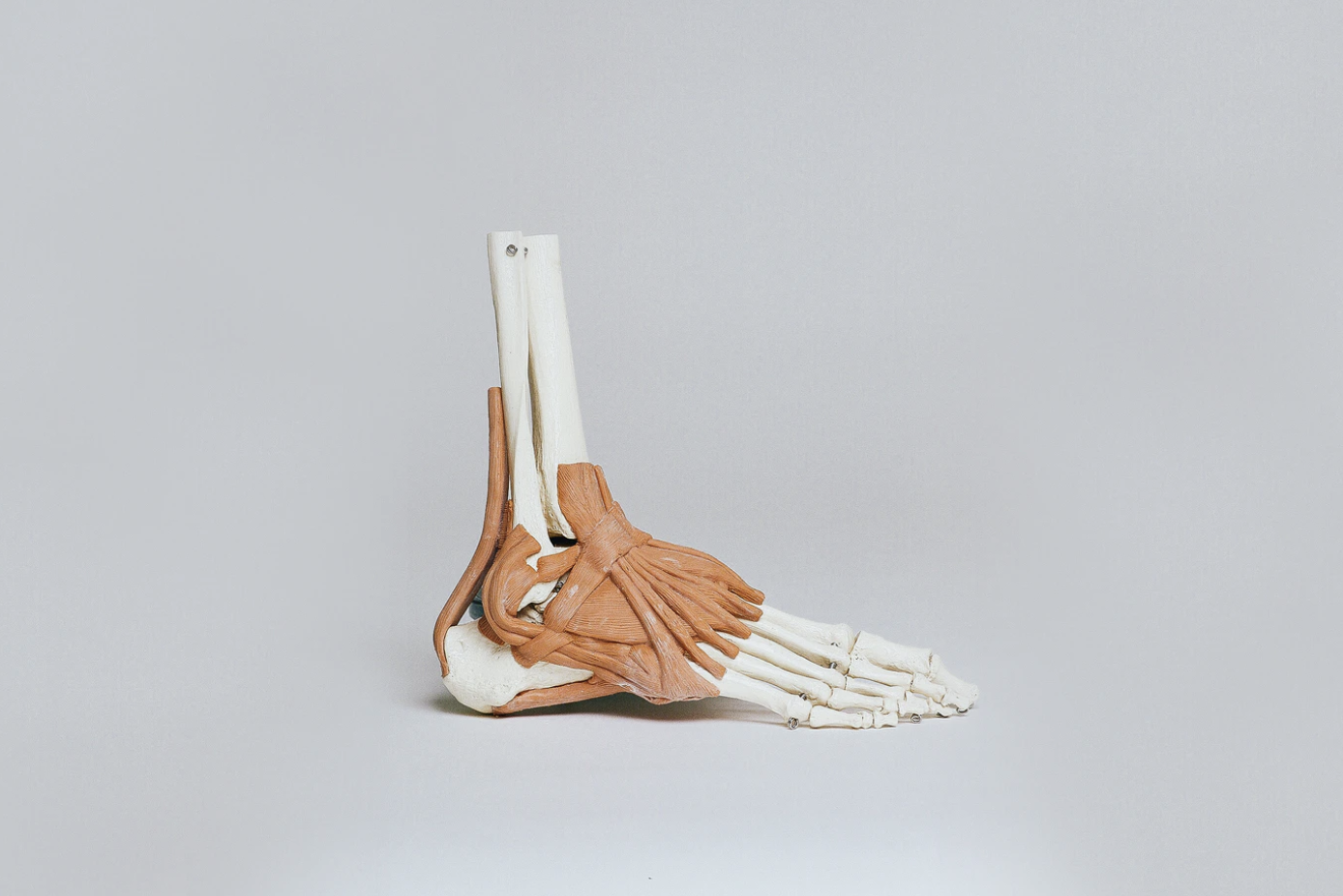Musculoskeletal disorders are physical problems which affect your spinal chord, arms, legs and joints. Many musculoskeletal problems are severely painful, causing it to be difficult or impossible to continue working.
If you have a musculoskeletal disorder, you may be wondering what conditions qualify for disability? There are dozens of musculoskeletal problems which could qualify you for Social Security Disability, as long as your symptoms are severe enough. If you have a musculoskeletal problem which you feel might qualify you for total disability, check with your doctor and a disability advocate regarding the best way to go about filing a Social Security Disability claim.

While there aren’t specific Social Security Administration guidelines for all musculoskeletal disorders, some of the main musculoskeletal problems which are often approved for Social Security Disability Benefits include:
- Amputation. An amputated limb may or may not qualify you for total, permanent disability by the SSA’s definition. To a large extent, it depends on your education level and prior work experience. There are many jobs which can be performed without a limb if you have sufficient education or the right kind of work experience.
- Fractures. While you’re unlikely to receive Social Security Disability benefits due to a broken or fractured limb (because they typically heal in less than a year), you may be able to receive SSDI or SSI based on pelvic bone fractures, tarsal bones, femur, or other bones which typically take a long time to heal.
- Joint Dysfunction. To qualify for Social Security Disability, joint dysfunction needs to be fairly severe, causing deformity and/or a great deal of pain.
- Spinal Disorders. This can include herniated disks, arthritis, and fractured vertebrae.
It is important to note that simply having one of these conditions is not sufficient evidence in establishing a Social Security Disability claim. The burden of proof is on you to show that your condition affects your daily activities to the point that you can no longer be expected to do any kind of work you have ever done or for which you could be trained.
Since much of the basis for the Social Security’s decisions regarding musculoskeletal problems is based on the amount of pain and discomfort it causes you. Because pain is somewhat subjective, it is highly recommended that you document every time you experience musculoskeletal pain, as well as any time your condition causes you to be unable to work. It is important the all Social Security adjudicators get an accurate idea of how much your musculoskeletal disorder hinders you in your day to day functioning.
You will want to make sure that your doctor fills out all medical forms. Make sure your doctor knows how much your condition is hindering you in your day to day life.

Medical Evidence
The Social Security Administration (SSA) evaluates Social Security applications and distributes payments based on its own medical guidance, known as the Blue Book. The Blue Book is an online resource that includes hundreds of diagnoses, along with symptoms and test results that must be validated.
The most crucial aspect of your Social Security disability claim is medical evidence. The SSA will not be able to certify that your disability prohibits you from working unless you have medical evidence to back up your claim. While you are not required to physically submit any medical proof, the SSA will contact your hospital on your behalf to gather your medical records.
Residual Functional Capacity Form
A claims judge can use a residual functional capacity form, or RFC form, to determine if you are able to work and what your limits are. The form is especially beneficial if your impairment does not match any of the entries in the Social Security Administration's Blue Book, or if your medical condition does not meet the Blue Book's criteria for receiving SSD benefits.
You can have an RFC completed on your behalf by your own doctor. Your physician is the ideal person to complete an RFC, providing he or she has a thorough grasp of your medical history and the start and progression of your specific impairment.

Next Steps
Hiring a Social Security Disability lawyer is also a good idea in most cases. It can be time consuming and difficult to fight your way through the Social Security Disability system. Your disability attorney will know the best ways to present your case both in the initial application and at all stages of the appeals process.
Keep in mind that all Social Security Disability cases are decided with the idea that, in order to qualify, you must be completely disabled to the point that you are not able to do any job which you have ever done before. You also need to be disabled enough, in the mind of the Social Security Administration, that there is no way you could be reasonably trained to do any other kind of work which is available. On top of all that, your disability needs to have lasted at least a year, or must be expected to last more than a year.